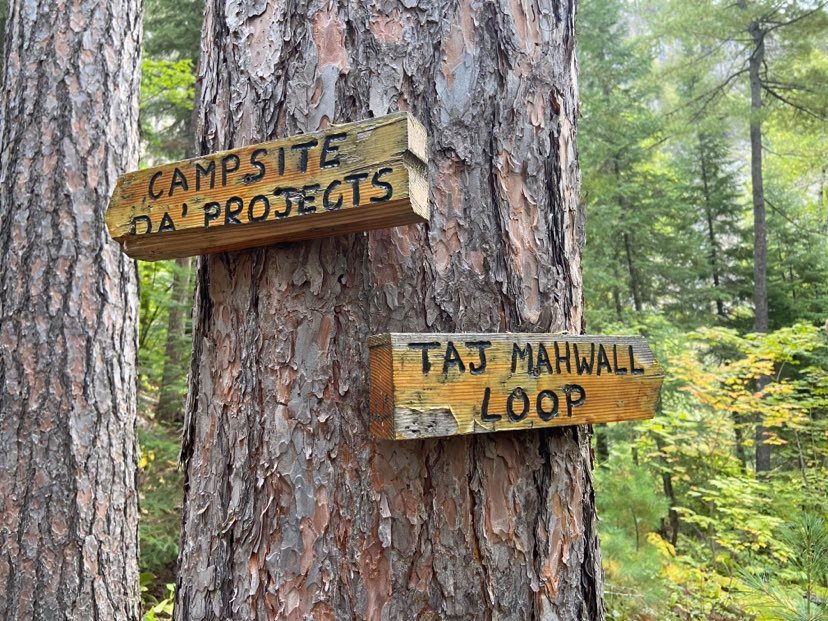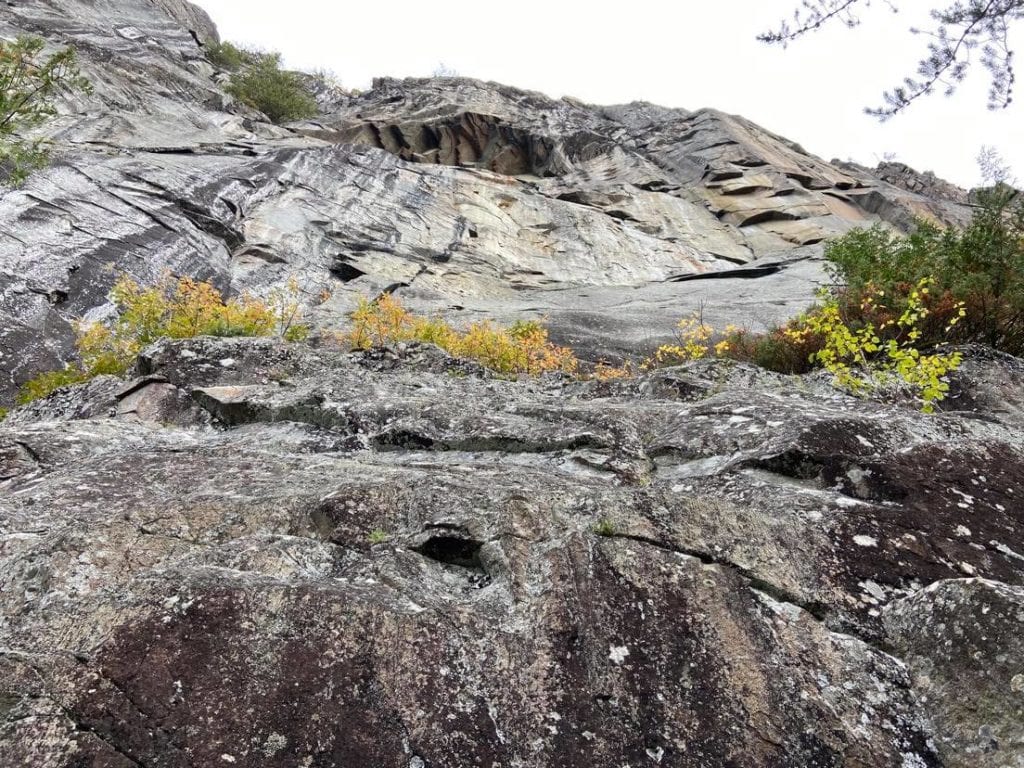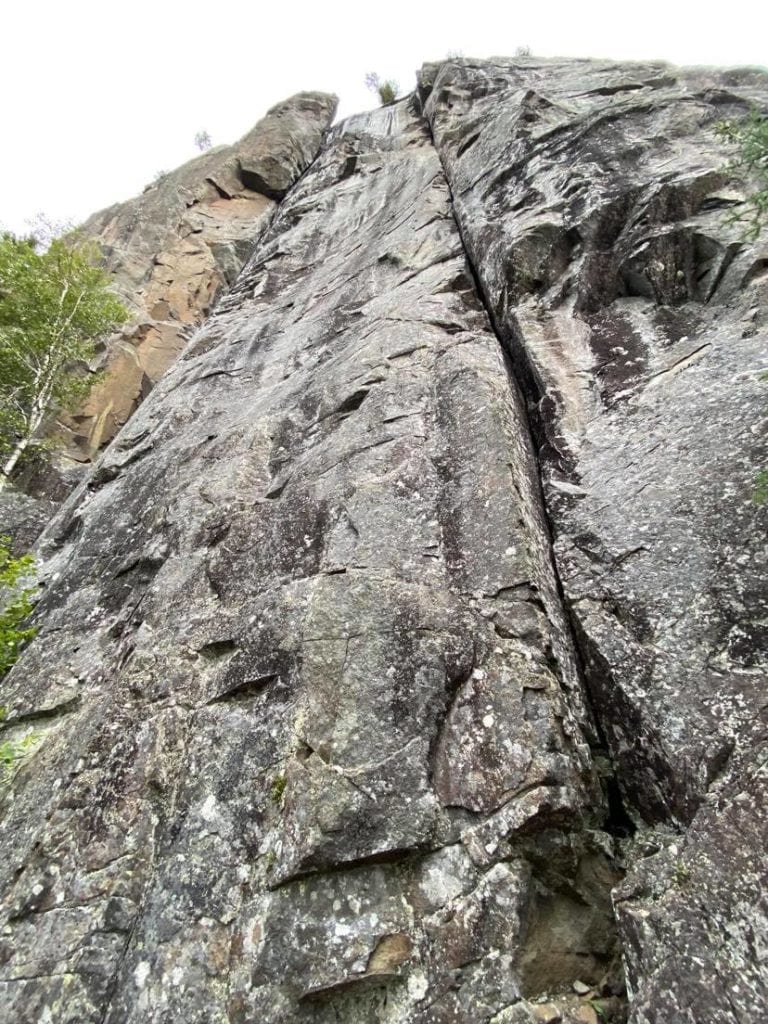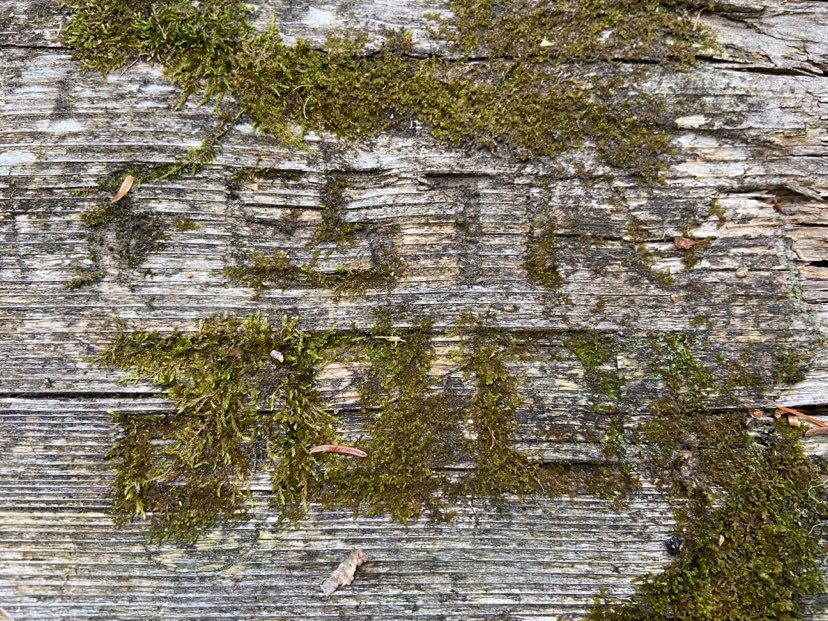For the Tick-List: The Colossus and Titon Crack in Ontario
Two of the best traditional climbs in the province
 Photo by: Brandon Pullan of Titon Crack
Photo by: Brandon Pullan of Titon Crack
The Colossus and Titon Crack are Northwestern Ontario classics found at Orient Bay north of Nipigon, about a 14-hour drive from Toronto. They rise above Lake Nipigon, the headwaters of the Great Lakes and the biggest lake completely within Canada. The area is also known as the Palisades of the Pijitawabik, which has a history dating back thousands of years.
A plaque near the climber’s parking lot reads: “Here at Pijitawabik Bay and other Lake Nipigon localities ancient rocks of the Precambrian Shield were overlain by a diabase sheet formed approximately 1,200 million years ago. Erosion by water and ice removed the covering rocks and sculptured the sheet into rounded, flat-topped hills bounded by escarpments which rise in some places 152 metres above Lake Nipigon.
“The hills are separated by deep, narrow valleys. The towering pillars of the cliffs are the result of columnar jointing, a cooling phenomenon developed during the solidification of the magma. Frost action along the cracks in and around the columns causes splintering of the rock and occasionally the collapse of entire pillars, leaving the imposing palisades seen here.”
In the late 1990s, a group of climbers built a campsite and established a number of climbing areas and routes. Da’ Projects has a dozen high-quality sport climbs up to 5.12+, while Taj-Mah Wall has trad climbs up to 100 metres.

The Colossus
From the climber’s campsite, which is only five minute from the road, the 100-metre-tall Taj-Mah Wall can be seen rising dramatically from the tree tops below. The most obvious feature is a huge roof that has a slab and crack below.
It was cleaned ground-up using a mix of aid and free climbing and cleaned using a painter’s pole and scrub brush. It’s one of the most iconic climbs in Northwestern Ontario.
It’s climbed in two pitches over 80 metres and goes at 5.11a. It was first climbed in 1998 by Jody Bernst, Randy Reed and Steve Charlton. There’s still a “summit log” at the end of the last pitch with all of the ascents to date. There are less than 30.
The first pitch heads up a techy 5.10 slab with mixed gear and the second follows a splitter seam to the roof, where you turn left and climb a fun crack to the roof’s end.

It was my first major multi-pitch trad climb before visiting Canada’s west coast for the first time. My climbing partner Jon Banfield and I climbed it in spring 2000; the mosquitoes were bad but our stoke was high.
I’ve since climbed it a number of times and recently visited, but was shut down by wet weather. The old trails have grown over and the campsite, where we once celebrated a climber’s fest called Festivus was all but gone.
The stoke for hard big wall-style faces in northern Ontario isn’t what it used to be. Locals are more focused on hard bolted projects at Claghorn and Silver Harbour, but The Colossus will forever be one of the best must-climb trad routes in Ontario.
Titon Crack
Titon Crack, only 50 metres left of The Colossus, might be the most continuous splitter in Ontario. It’s climbed in three pitches and goes at 5.9++, so feels about 5.10b from bottom to top.
The first ascent was by Randy Reed and Ryan Treneer in October 1998. The then-leading climbers found a piton high in the crack, but nobody knows who made the first attempt at the vertical line. Just look at this thing:

The first pitch is 40 metres and goes at 5.9. It follows the prominant hand crack past ledges to a short offwidth section and corner. You then pull the small roof (crux) and continue up the crack to a belay.
The second pitch is the crux at 5.10 and climbs 40 metres of varying crack. From the belay, climb up and through the flaring squeeze chimney, which is protected by a fixed piton and a bolt.
You then continue up the strenuous crack to a good ledge. It was originally graded 5.9, but has since been given 5.9++. The third pitch is a 35-metre 5.5 that takes you to the top of the wall.
The route is burly and will test your crack climbing and gear placing skills. It takes great gear and gives you a feeling of being high above the valley below.
It might be the best multi-pitch trad climb at the grade between the Rockies and Quebec. You can rappel from bolted anchors, as there’s not easy walk-off.
Festivus was held on Thanskgiving every fall and there are rumours that a group of climbers will be there for the October 2020 long weekend. See you there?

For the Tick-List
Crime of the Century 5.11c in Squamish
Gooseberry 5.8 in Banff
Pennylane 5.9 in Squamish
Exasperator 5.10c in Squamish
Sunshine Crack in the Bugaboos
Five Val-David routes in Quebec
Northeast Face of Ha Ling in Canmore
Slab Alley in Squamish


